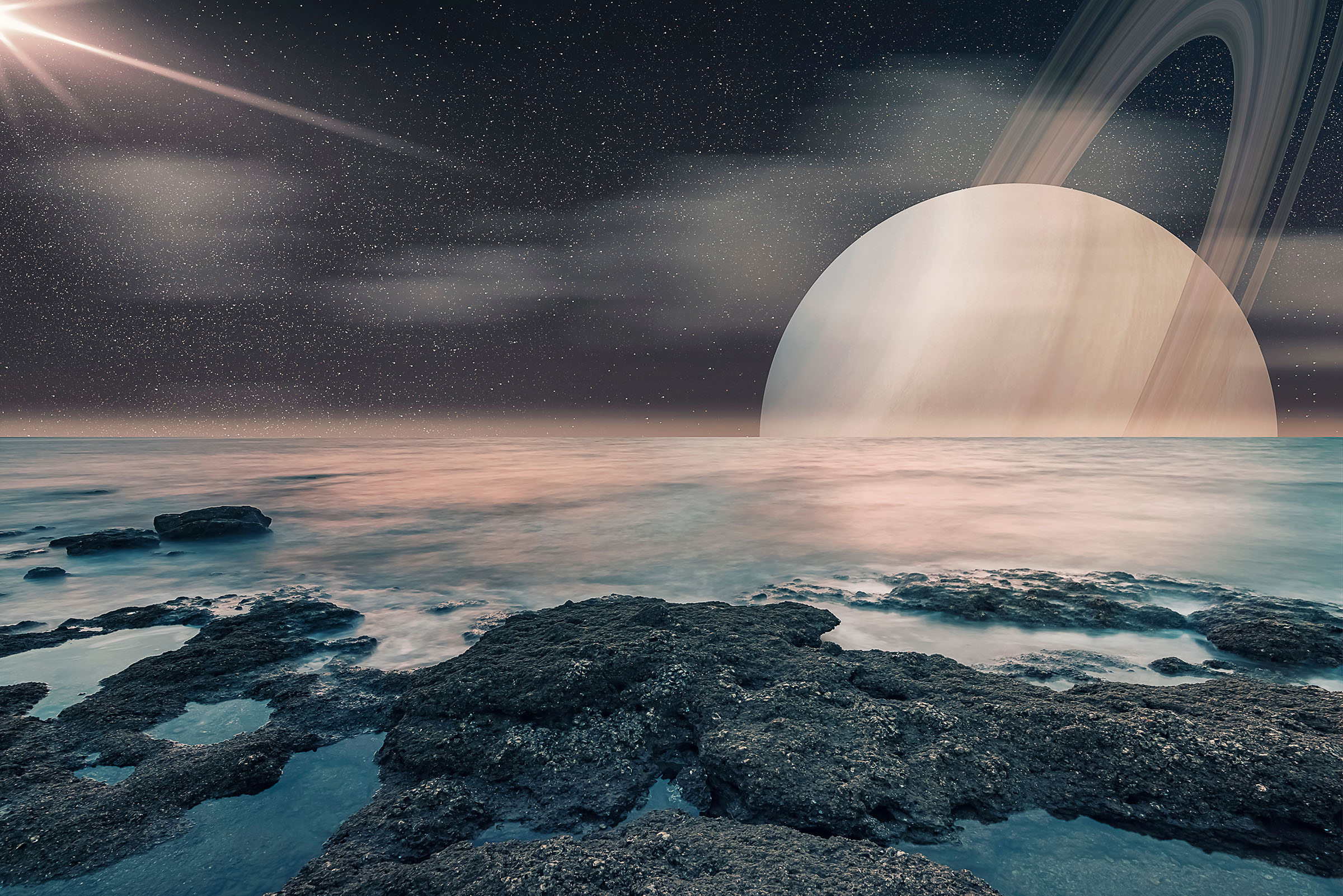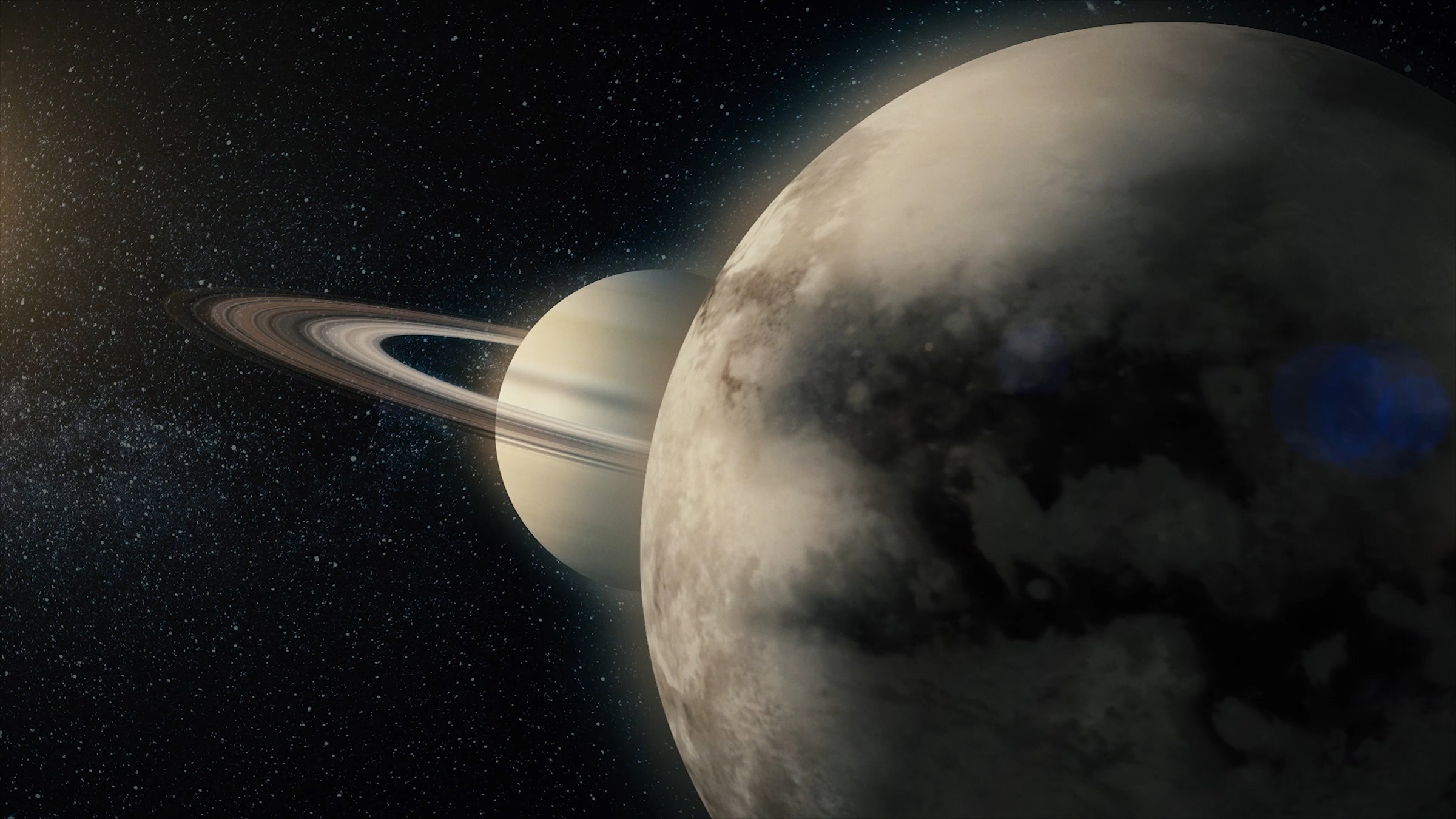A long-lost Moon may be responsible for Saturn’s rings
Saturn is one of the most stunning planets in our Solar System. Its beautiful rings make it stand out from just about every other planet that calls our region of space home. This beauty, and those rings, have long seemed almost mystical to astronomers. And for many, those same rings have remained a mystery. But now, new research may have finally figured out the origin of Saturn’s rings: a long-lost moon.
A missing moon
So far, we’ve discovered 82 moons orbiting Saturn. But, a new study from a group of researchers posits that there may have once been 83. Additionally, it’s this 83rd moon that may be responsible for the origin of Saturn’s rings.
Earlier research on the spectacular planet has shown that Saturn’s rings are only around 100 million years old, much younger than the planet itself is. While that might be a topic of many debates, this new study published in the journal Science says that the aging of these rings could be tied to an event roughly 160 million years ago.
The researchers posit that an 83rd moon became unstable, and its orbit swung too close to Saturn. When that happened, the moon experienced what the researchers call a “grazing encounter,” and the moon was smashed apart. While the gas giant would have swallowed much of the moon’s mass and material, a small percentage of it most likely remained, acting as the origin of Saturn’s rings.

It’s an intriguing idea and only one of many possible explanations. To discover this possibility, the researchers say they used computer modeling passed on measurements gathered in 2017. NASA’s Cassini mission had just finished a 13-year stint exploring Saturn and its moons, gathering more information about the gas giant than ever.
But the researchers say the lost moon theory isn’t just a possibility for the origin of Saturn’s rings. It could also shed some light on two other puzzling features: Saturn is known for its unusual tilt and the strange orbit that Titan, one of Saturn’s moons, now follows. Previously, scientists believed Neptune, Saturn’s neighboring planet was responsible for its tilt.
However, the loss of this moon, which the researchers named Chrysalis, could have caused them to leave Saturn with its current tilt. Whether or not this long-lost moon theory is the true origin of Saturn’s rings is unclear. Still, it is an interesting hypothesis, and perhaps more research and observations by spacecraft like James Webb could help provide more evidence to prove or disprove it.
Saturn is one of the most stunning planets in our Solar System. Its beautiful rings make it stand out from just about every other planet that calls our region of space home. This beauty, and those rings, have long seemed almost mystical to astronomers. And for many, those same rings have remained a mystery. But now, new research may have finally figured out the origin of Saturn’s rings: a long-lost moon.
A missing moon

So far, we’ve discovered 82 moons orbiting Saturn. But, a new study from a group of researchers posits that there may have once been 83. Additionally, it’s this 83rd moon that may be responsible for the origin of Saturn’s rings.
Earlier research on the spectacular planet has shown that Saturn’s rings are only around 100 million years old, much younger than the planet itself is. While that might be a topic of many debates, this new study published in the journal Science says that the aging of these rings could be tied to an event roughly 160 million years ago.
The researchers posit that an 83rd moon became unstable, and its orbit swung too close to Saturn. When that happened, the moon experienced what the researchers call a “grazing encounter,” and the moon was smashed apart. While the gas giant would have swallowed much of the moon’s mass and material, a small percentage of it most likely remained, acting as the origin of Saturn’s rings.

It’s an intriguing idea and only one of many possible explanations. To discover this possibility, the researchers say they used computer modeling passed on measurements gathered in 2017. NASA’s Cassini mission had just finished a 13-year stint exploring Saturn and its moons, gathering more information about the gas giant than ever.
But the researchers say the lost moon theory isn’t just a possibility for the origin of Saturn’s rings. It could also shed some light on two other puzzling features: Saturn is known for its unusual tilt and the strange orbit that Titan, one of Saturn’s moons, now follows. Previously, scientists believed Neptune, Saturn’s neighboring planet was responsible for its tilt.
However, the loss of this moon, which the researchers named Chrysalis, could have caused them to leave Saturn with its current tilt. Whether or not this long-lost moon theory is the true origin of Saturn’s rings is unclear. Still, it is an interesting hypothesis, and perhaps more research and observations by spacecraft like James Webb could help provide more evidence to prove or disprove it.
